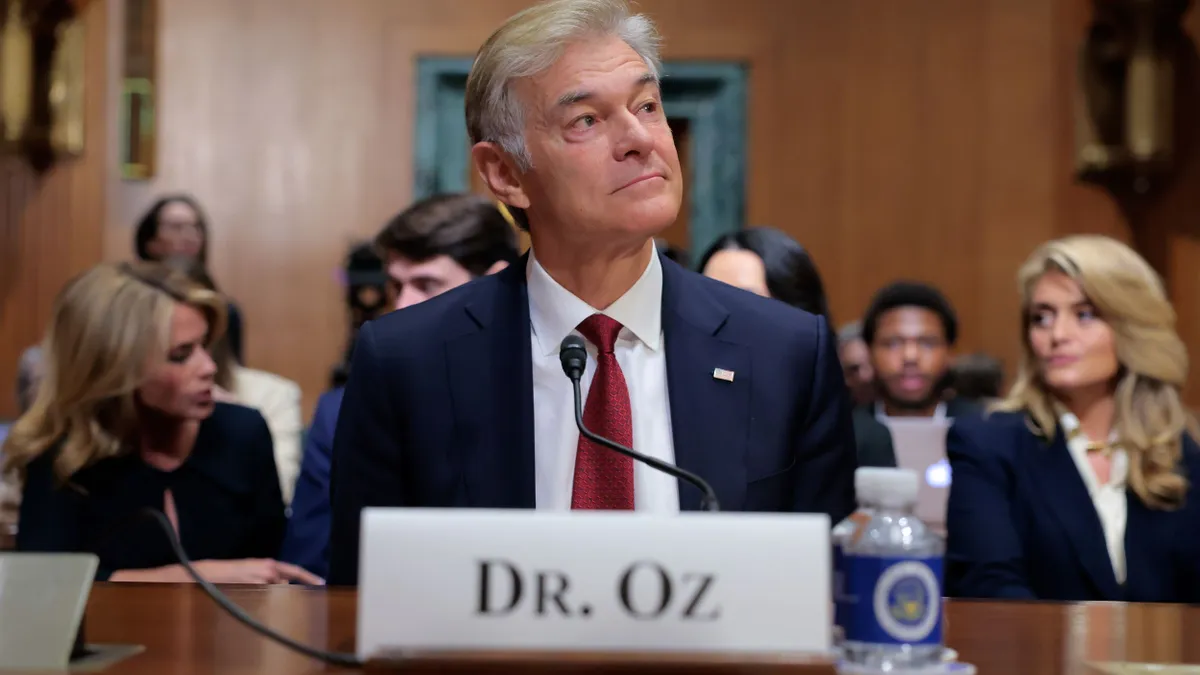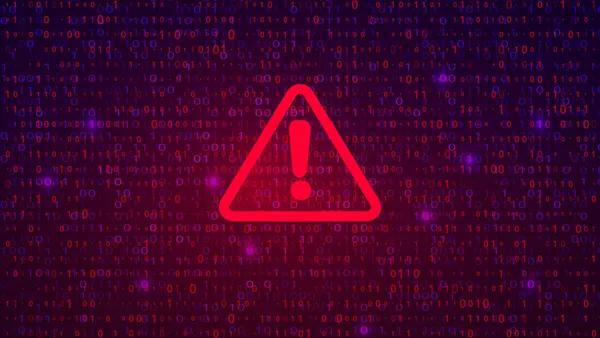Dive Brief:
- More than 200 telehealth and provider organizations are asking the Trump administration to hammer out regulation governing telehealth prescriptions of controlled substances before pandemic-era flexibilities expire at the end of the year.
- In a letter sent to Terry Cole, the newly confirmed administrator of the Drug Enforcement Administration, the groups urged the administration to ensure a plan is in place by fall so patients can continue to receive remote prescriptions of controlled substances.
- The Biden administration proposed a framework for telehealth prescriptions just before President Joe Biden left office in January, but some industry groups have panned the proposed rule as too onerous for providers.
Dive Insight:
In the letter, the telehealth advocates pushed the DEA to work directly with experts and other stakeholders on how to craft policy on virtual prescribing — an increasingly urgent concern given the temporary flexibilities are set to lapse in 23 weeks.
“Past efforts which did not fully engage stakeholders and Congress had unintended consequences – such as the creation of massive significant new regulatory burdens on the health care systems,” the groups, which include the American Telemedicine Association and the Alliance for Connected Care, wrote.
Policies around remote controlled substance prescribing have been in limbo for years.
The flexibilities were put in place during the COVID-19 pandemic in a bid to preserve access to care, granting exceptions to a law that typically required clinicians to have an in-person appointment with a patient before prescribing controlled substances.
The policy was originally set to lapse in 2023, but it’s since been extended multiple times. Regulators most recently prolonged the flexibilities through 2025.
Telehealth advocates argue the policy is a significant boost for access to care, allowing people who live in rural areas or communities with few mental health professionals to receive support remotely.
However, the DEA has said it wants to balance ensuring drugs aren’t dispensed improperly. Some telehealth companies have faced fines or legal action in recent years for allegedly trying to boost prescriptions or prescribe medications even if patients don’t qualify.
Still, regulators have made some moves toward enacting permanent policy on telehealth prescribing.
Early this year, the DEA proposed a regulation that would create special registrations authorizing providers and telehealth companies to prescribe Schedule II to Schedule V drugs, like Adderall and Xanax.
The proposal also included requirements for clinicians to check state drug monitoring databases before issuing a prescription, as well as limitations on Schedule II prescriptions. Telehealth groups raised concerns about the proposal, arguing the changes would be challenging for providers and could restrict access to care.
Regulators also finalized a rule that would allow DEA-registered clinicians to prescribe up to an initial six-month supply of buprenorphine, a medication for treating opioid use disorder, via telehealth without first seeing the patient in person.
However, enforcement of that regulation was delayed through the end of the year.














